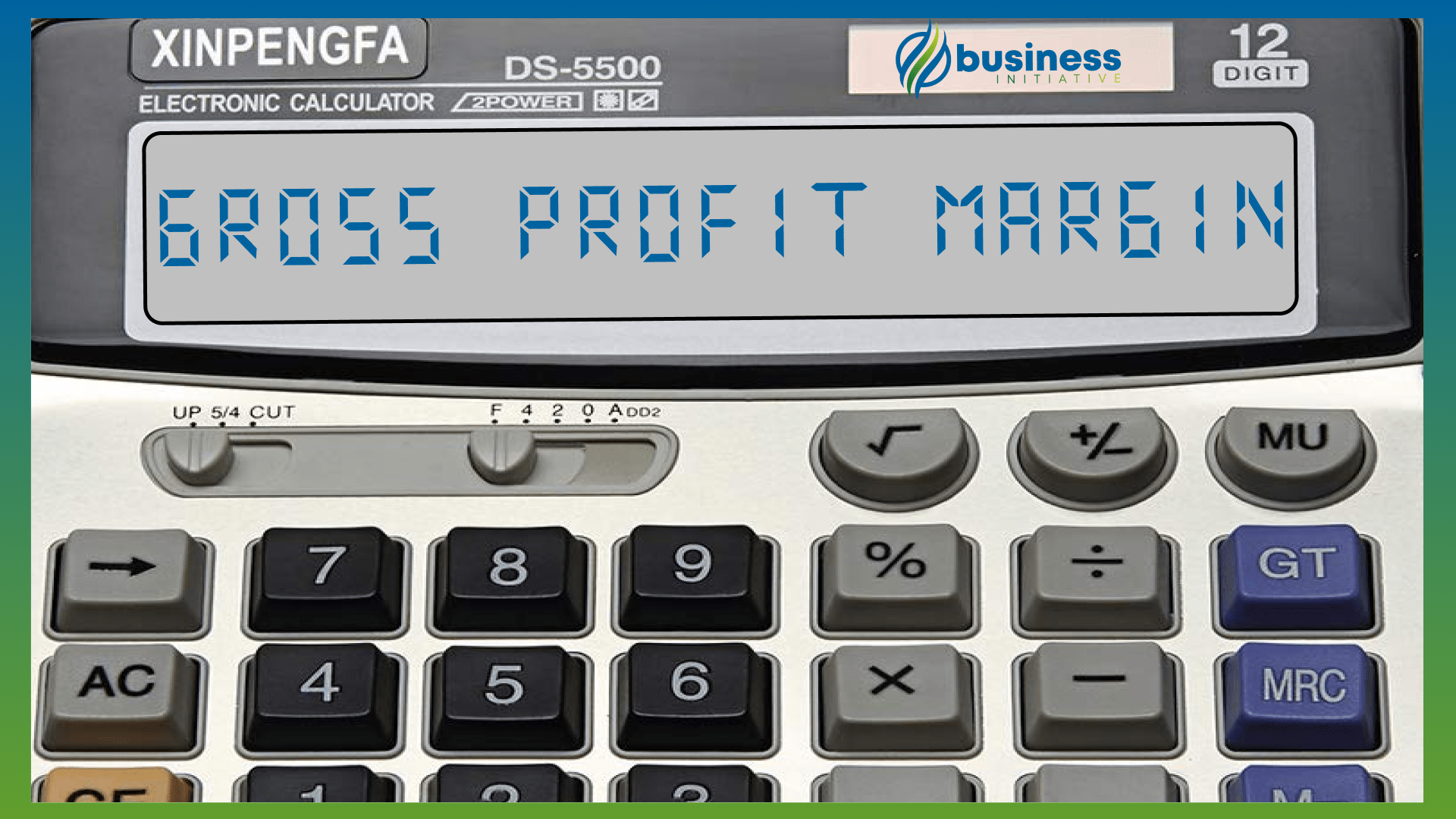In today’s competitive business environment, understanding your financial health has never been more more critical.
The Gross Profit Margin is a vital financial metric that shows the percentage of revenue that exceeds the cost of goods sold (COGS).
This indicator helps businesses gauge how efficiently they are managing direct costs related to producing goods or services.
Our Gross Profit Margin Calculator is designed to provide you with a quick, clear insight into your business’s financial efficiency by calculating the margin that reflects your cost handling and pricing strategies.
How to Use the Gross Profit Margin Calculator
Using this calculator is simple and intuitive:
1. Enter Your Total Revenue:
Input the total revenue generated from your sales.
This is the amount of money brought in from sales before any expenses are deducted.
2. Enter Your Cost of Goods Sold (COGS):
Input the total direct costs associated with the production of the goods sold by your company.
This typically includes materials and labor costs.
3. Calculate:
Click on the “Calculate Gross Profit Margin” button to get your gross profit margin percentage.
This will tell you what portion of your sales revenue is actual profit before deducting overhead, taxes, and other indirect costs.
Common Use Cases
-
Pricing Strategy Evaluation: Helps businesses analyze if their current pricing strategies are effective in covering costs and generating profits.
-
Financial Health Monitoring: Regular calculation of gross profit margin can alert businesses to changes in cost management, pricing, or production efficiency.
-
Budgeting and Forecasting: Accurate gross margin analysis is essential for future financial planning, helping to make more informed budgeting decisions.
-
Investor Insights: Investors look at gross profit margin to assess the potential profitability of a company before committing funds.
Gross Profit Margin Calculator
The Business Initiative Profit Margin Calculator is an essential tool for any business owner or financial manager wanting to assess their company’s production efficiency and profitability.
By quickly determining the gross profit margin, you gain valuable insights into how well your company manages costs relative to its revenue, which is critical for strategic planning and operational adjustments.
Maximize your business insights by using our Gross Profit Margin Calculator today.
If you need more detailed analysis or personalized financial advice, schedule a consultation with our expert team at Business Initiative.
Stay ahead in business by following us on X (Twitter) and signing up for The Initiative Newsletter for the latest updates, tips, and tools in the world of solopreneurship.
FAQs - Frequnetly Asked Questions About Gross Profit Margin

What is the gross profit margin?
The gross profit margin is the percentage of revenue that exceeds the cost of goods sold (COGS).
Learn More...
The gross profit margin measures how much revenue remains after covering the direct costs of producing goods or services, known as the cost of goods sold (COGS).
It's an important financial indicator that shows how efficiently a company manages production and pricing to retain revenue as profit.
A higher margin indicates better cost management and profitability, while a lower margin may signal rising production costs or ineffective pricing strategies.
How is the gross profit margin calculated?
The formula is (Total Revenue - COGS) / Total Revenue * 100.
Learn More...
To calculate the gross profit margin, subtract the cost of goods sold from total revenue to find the gross profit.
Divide the gross profit by total revenue and multiply by 100 to convert it into a percentage.
This calculation provides a quick snapshot of how much profit is generated from sales after accounting for direct production costs.
Why is the gross profit margin important?
It provides insights into a business's production efficiency, pricing strategies, and profitability.
Learn More...
The gross profit margin indicates how well a business manages production costs relative to revenue.
It reflects the effectiveness of pricing strategies and can reveal trends in cost management that impact profitability.
A strong margin can attract investors by demonstrating efficient operations, while a declining margin might prompt further investigation into rising costs or pricing issues.
How can the gross profit margin calculator help my business?
It offers a quick way to assess production efficiency and refine pricing and cost management strategies.
Learn More...
The calculator provides an immediate analysis of gross profit margins, helping businesses understand how production costs impact their profitability.
This insight can guide adjustments to pricing strategies, production processes, and supply chain management.
Regular margin analysis reveals trends over time, allowing businesses to adapt quickly to changes in cost structures and market conditions.
What factors affect the gross profit margin?
Factors include production costs, pricing strategies, market demand, and competition.
Learn More...
Production costs like raw materials and labor have a direct impact on the gross profit margin, as increases in these costs can reduce profitability.
Pricing strategies influence how well businesses can cover production costs and retain revenue as profit.
Market demand and competition also play a role, as changes in consumer preferences or competitor pricing may affect sales volume and pricing flexibility.
How does the gross profit margin differ from the net profit margin?
Gross profit margin measures profit before operating expenses, while net profit margin includes all expenses.
Learn More...
Gross profit margin is the ratio of gross profit to total revenue and is calculated before deducting operating expenses like rent, marketing, and administrative costs.
Net profit margin is calculated after all operating expenses, taxes, and interest are subtracted from total revenue.
While gross profit margin focuses on production efficiency, net profit margin gives a broader picture of overall profitability.
How can businesses use the gross profit margin for strategic planning?
Businesses can identify opportunities to improve pricing, cost management, and production efficiency.
Learn More...
Analyzing gross profit margin trends can reveal rising production costs, ineffective pricing, or inefficiencies in supply chain management.
Businesses can refine their pricing strategies or seek cost reductions to improve profitability.
Monitoring the margin over time also helps set realistic financial goals and allocate resources more effectively to drive business growth.


